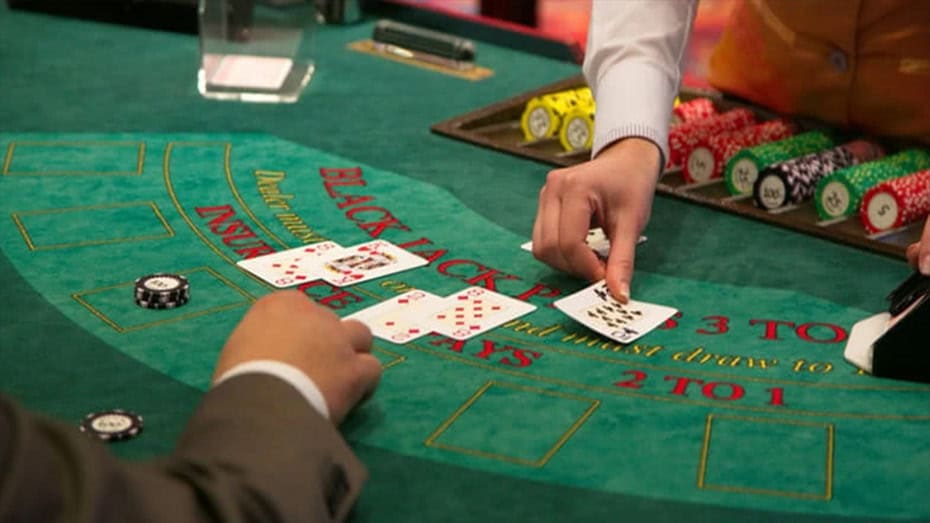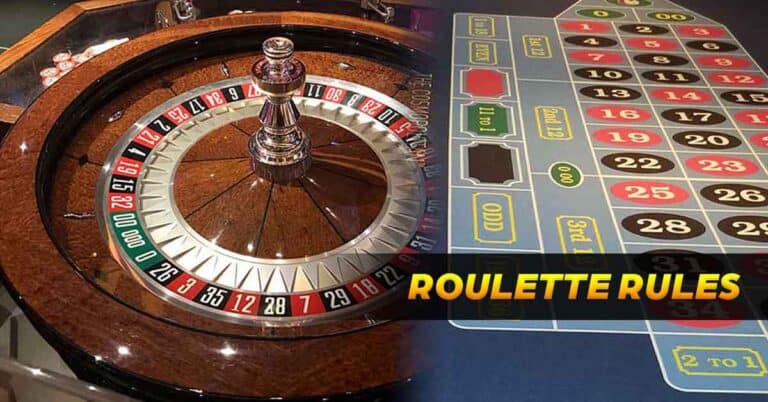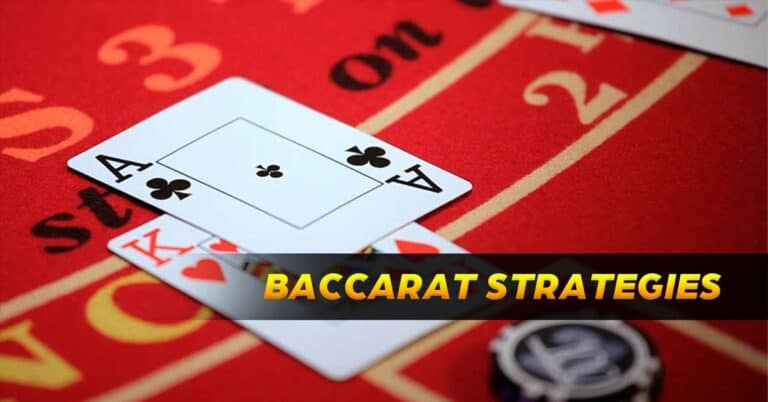Mastering Poker Hands: A Simple Guide to Winning Strategies
To become a successful poker player, you need to understand poker hands. This easy-to-follow Lodigame guide will walk you through the basics of poker hands, how they’re ranked, and important strategies to enhance your skills and boost your chances of winning when you play poker.

What Are Poker Hands?
A poker hand consists of cards that a player holds, usually five cards, but this can vary in some versions of the game. In most types of poker, the goal is to create the best possible hand by combining your private cards (known as hole cards) with any community cards on the table, if applicable. The player with the strongest hand when the round ends wins the pot.

Understanding Hand Rankings
Not all poker hands are of equal value. Hand rankings determine which combinations are stronger and have a better chance of winning in a showdown. Knowing these rankings is essential because it helps you evaluate how strong your hand is compared to your opponents’. This knowledge is crucial for making important decisions like whether to fold, call, raise, or go all-in.
Poker Hand Terminology
Poker hands are often described using shorthand terms to save time. Here are some common terms:
- Hole Cards: These are your private cards, dealt face down.
- Community Cards: These are cards dealt face up in the middle of the table and are shared by all players.
- Showdown: This is the final part of a poker hand where the remaining players reveal their cards to determine the winner.
- Pot: This is the total amount of chips or money wagered by all players in a hand.
- All-In: When a player bets all of their remaining chips on a hand.
- Flop, Turn, and River: These are the three stages of community cards in games like Texas Hold’em and some other poker variants.
Poker Hand Rankings: Understanding the Order of Poker Hands
Poker is a popular card game in online casinos that combines skill, strategy, and a touch of luck. To succeed in poker, it’s crucial to grasp the various poker hands and their rankings. A solid understanding of poker hand rankings significantly increases your chances of winning.

Royal Flush
The best hand you can get in poker comprises the Ace, King, Queen, Jack, and Ten of the same suit. For example, A♠K♠Q♠J♠10♠ is a royal flush in spades. It’s exceptionally rare and unbeatable.
Straight Flush
A straight flush consists of any five cards in numerical order and of the same suit. For instance, 8♥9♥10♥J♥Q♥ makes a straight flush. If multiple players have straight flushes, the one with the highest-ranking card wins.
Four of a Kind
Four cards of the same rank make up this hand, like 4♣4♠4♦4♥. In case of a tie, the player with the highest-ranking four of a kind wins. If it’s still tied, the highest fifth card (kicker) decides the winner.
Full House
A full house includes three cards of the same rank and two cards of a different rank. For example, 10♠10♣10♦6♠6♣ forms a full house. In a tie, the player with the higher-ranked three of a kind wins.
Flush
A flush comprises any five cards of the same suit, regardless of their order. For instance, A♦5♦8♦K♦Q♦ is a flush. If multiple players have flushes, the highest-ranked card in the flush determines the winner. If those are the same, the second-highest card is compared, and so on.
Straight
A straight is a hand with five cards in consecutive numerical order, regardless of their suit. For example, 4♠5♣6♦7♥8♠ forms a straight. In a tie, the player with the highest-ranking card at the top of the sequence wins.
Three of a Kind
Three cards of the same rank accompanied by two unrelated cards make up three of a kind. For instance, 9♥9♦9♠2♣K♦ is a three of a kind hand. If multiple players have three of a kind, the highest-ranking triplet wins. If the triplets are the same, the highest-ranking side card (kicker) determines the winner.
Two Pair
A two pair hand consists of two cards of the same rank, another two cards of a different rank, and one unrelated card. For example, J♠J♥8♦8♣A♠ forms a two pair hand. If multiple players have two pair hands, the player with the highest-ranking pair wins. If the pairs are the same, the highest-ranking side card (kicker) determines the winner.
One Pair
One pair is a hand with two cards of the same rank, along with three unrelated cards. For instance, 7♣7♠A♦K♥Q♣ is a one pair hand. If it’s a tie, the player with the highest-ranking pair wins. If the pairs are the same, the highest-ranking side cards (kickers) decide the winner.
High Card
If none of the above hands is achieved, the highest-ranking card in a player’s hand is compared. If multiple players have the same high card, the second-highest card is compared, and so on until a winner emerges. If all cards in a player’s hand are the same, the pot is usually split equally.
Playing Suited Connectors: Maximizing Value from Consecutive Suited Cards
Suited connectors are a special type of starting hand in poker that can be highly valuable when used wisely. These hands consist of two consecutive cards of the same suit, like 7-8 suited or 10-J suited. Suited connectors offer unique strategic opportunities that can lead to substantial profits if played correctly.

Increased Playability
Suited connectors are more playable compared to many other starting hands. They have the potential to form strong hands like flushes and straights, and they can also hit draws, making them versatile. Their connectedness and suited nature make them attractive for post-flop action.
Hidden Strength
Suited connectors often have hidden strength. Since they are less obvious and less likely to be expected in your hand, opponents may underestimate their potential. This can create opportunities to win bigger pots when you hit a strong hand, as opponents may not suspect you have a straight or flush draw.
Playing Speculative Hands
Suited connectors are considered speculative hands. They offer the chance for a significant payoff, but they also come with higher risk. It’s crucial to approach playing suited connectors with a balanced mindset, taking into account factors such as your position at the table, stack sizes, and the dynamics of the game.
Understanding Your Opponents
Pay close attention to how your opponents play and the patterns they follow. Suited connectors can be more effective against certain types of players, such as those who fold too frequently or those who have predictable playing styles. Adjust your strategy accordingly to exploit your opponents’ weaknesses and extract the most value from your suited connectors.
Understanding Poker Hand Odds: A Key Skill for Success
In the world of poker, mastering hand odds sets apart novices from seasoned players. Hand odds involve the probability of forming a specific hand or improving it in later rounds. By calculating hand odds, players can make smart choices about their bets, calls, and folds, boosting their chances of winning. Let’s explore the concept of poker hand odds and how you can use them to your advantage:

Calculating Hand Odds and Pot Odds
Hand odds are typically expressed as a ratio or percentage, showing the likelihood of completing a particular hand. To figure out hand odds, you consider the cards that can enhance your hand (known as “outs”) and compare them to the unknown cards in the deck. The formula for hand odds is simple:
Hand Odds = Number of Outs / Number of Unknown Cards
For example, if you have four cards to a flush after the flop, and there are 46 unknown cards left in the deck (52 cards in a standard deck minus your two hole cards and the four community cards), the hand odds of hitting your flush on the next card would be:
Hand Odds = 9 (remaining cards of your suit) / 46 (unknown cards) ≈ 19.57%
The Significance of Outs in Poker Hands
Outs are the cards that can improve your hand and potentially lead to a winning combination. Knowing the number of outs you have at any given moment in the hand is crucial for calculating your hand odds. Common examples of outs include:
- Flush Draw: Cards of the same suit that can complete a flush.
- Straight Draw: Cards that can complete a straight when there are consecutive cards on the board.
- Overcards: Cards higher than those on the board that can improve your hand, like having an Ace and a King.
Implied Odds: Looking Ahead to Future Bets
In addition to hand odds, players often factor in implied odds when making decisions. Implied odds consider potential additional bets you might win on later betting rounds if you complete your hand. This concept involves estimating the expected value of future bets and integrating them into your current decisions.
For example, if you have a flush draw, and your opponent tends to be aggressive and likely to bet a lot if you hit your flush, your implied odds are higher. In such situations, it might be more profitable to call a bet or even raise, even if the immediate hand odds may not seem favorable.
Practice and Patience: Becoming a Master of Poker Hand Odds
Accurate calculation of poker hand odds requires practice and experience. With more hands played, you’ll get better at quickly identifying your outs and making informed choices. Keep in mind that poker involves both skill and patience. Relying solely on luck can harm your long-term success in the game.
FAQs
Conclusion
In conclusion, Poker hand odds, a key skill in poker, involve calculating the likelihood of forming a specific hand or improving it as the game progresses. By accurately determining these odds, players can make informed decisions about their bets, calls, and folds, ultimately increasing their chances of success in the game. However, mastering this skill requires practice and experience, as it involves quickly identifying outs and incorporating implied odds into strategic choices, making it a valuable tool for seasoned players.

















